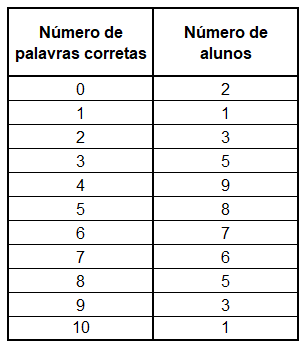You linear systems are systems formed by linear equations that are related to each other. Therefore, the solution for this type of system is a set of unknown values that satisfy all equations in the system.
However, not every linear system has a single solution, there are systems with infinite solutions and systems that do not admit any solution. understand better about resolution of linear systems!
Solving linear systems
In a system with n unknowns, , the solution, when it exists, is of the
, which are numerical values that make all equations in the system true, being
.
In many situations, more than one set it is a system solution, and in others there is no set that is a solution. In this sense, linear systems can be classified into three types:
- possible system determined (SPD): admits a single solution;
- Undetermined possible system (SPI): admits infinite solutions;
- impossible system (SI): does not admit any solution.
If the system of equations has the same number of equations and unknowns, we can assemble the associated coefficient matrix, which will be a
square matrix, and calculate the determinant of this matrix.If the determinant is non-zero then the system is SPD, but if the determinant is zero then the system can be SPI or SI.
Example 1: the linear system admits a single solution.
Using some method to solve systems of two equations, as a method of addition or replacement, we can find the solution .
- Free Online Inclusive Education Course
- Free Online Toy Library and Learning Course
- Free Online Math Games Course in Early Childhood Education
- Free Online Pedagogical Cultural Workshops Course
Note that these values satisfy both equations when they are substituted into them:
We can guarantee that there are no other ordered pairs. to do this in addition to this found pair, as the solution is unique.
Example 2: the linear system does not admit a single solution.
If we try to use any of the methods to solve systems of two equations, we will get nowhere, we will get opposite terms that will be canceled out, in relation to the two unknowns. Therefore, this system is SPI or SI.
One of the ways to tell if this system is SPI or SI is through the graphical analysis of the straight referring to the system equations. If the two lines coincide, then it is SPI. But if the straights are parallel, means that there is no common point between them, that is, the system is SI.
In this case, it can be verified that the lines and
are coincident and the system is then SPI, it has infinite solutions.
Some of the ordered pairs that are solution are: (-5, 1) and (4, 2).
You may also be interested:
- Cramer's Rule
- Matrix scaling - Solve linear systems
The password has been sent to your email.



